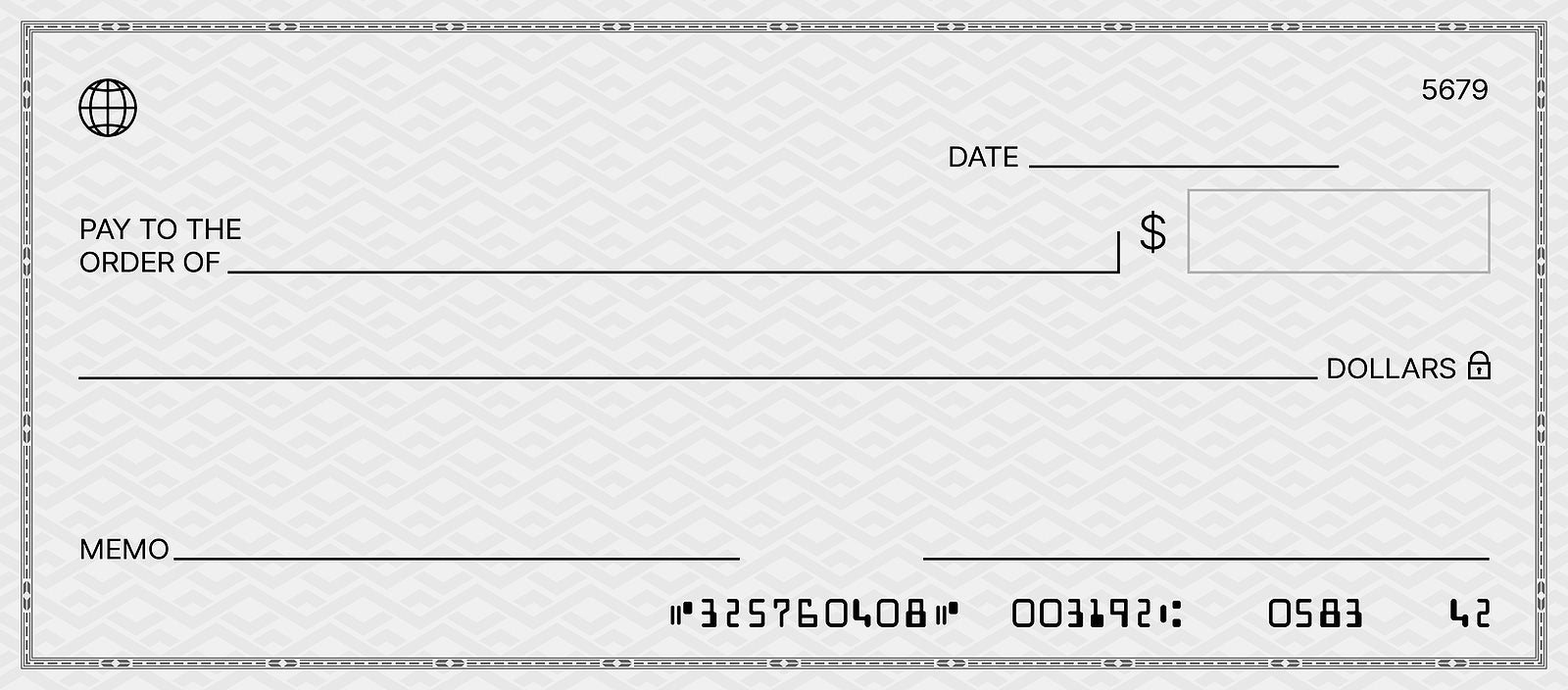
Unlocking Your Vehicle’s Secrets: A Comprehensive Guide to Checking Your VIN Number
In the world of automobiles, the Vehicle Identification Number (VIN) is a unique identifier, a fingerprint that holds a wealth of information about your car. This 17-character code isn’t just a random string of letters and numbers; it’s the key to unlocking your vehicle’s history, specifications, and much more. Whether you’re buying a used car, verifying your vehicle’s details, or simply curious about its origins, knowing how to check your VIN is an invaluable skill. This guide will walk you through the process, explain what the VIN reveals, and highlight the importance of verifying this crucial piece of information.
What is a VIN and Why is it Important?
The Vehicle Identification Number (VIN) is a unique serial number assigned to every motor vehicle. Think of it as your car’s DNA. No two vehicles have the same VIN, making it a powerful tool for identification and tracking. The VIN is used to:
- Identify the Vehicle: The VIN provides specific details about the car, including its make, model, year of manufacture, assembly plant, and engine type.
- Track Vehicle History: By checking the VIN, you can uncover a vehicle’s history, including accident reports, title issues (such as salvage or flood damage), odometer readings, and previous ownership.
- Prevent Fraud: Verifying the VIN helps protect you from buying a stolen vehicle or one with undisclosed damage.
- Ensure Proper Maintenance: The VIN can help you find the correct parts and specifications for your vehicle when performing maintenance or repairs.
- Vehicle Recalls: Automakers use VINs to track and notify owners of vehicles affected by safety recalls.
Where to Find Your Car’s VIN
The VIN is typically found in several locations on your vehicle:
- Dashboard: The most common location is on the driver’s side dashboard, near the windshield. You can usually see it from outside the vehicle by looking through the windshield.
- Driver’s Side Doorjamb: Open the driver’s side door and look for a sticker on the doorjamb. The VIN is usually printed on this sticker, along with other vehicle information.
- Vehicle Title and Registration: The VIN is also printed on your vehicle’s title and registration documents.
- Insurance Card: Your insurance card typically includes the VIN.
- Engine Block: In some vehicles, the VIN may be stamped on the engine block. This is a less common location, but it can be helpful if you’re trying to verify the VIN on an older vehicle.
- Chassis: On older cars, the VIN may be stamped on the chassis, usually in the engine compartment.
Decoding the VIN: What Each Character Means
The VIN is composed of 17 characters, each representing specific information about the vehicle. Here’s a breakdown of what each section reveals:
- Characters 1-3: World Manufacturer Identifier (WMI)
- These three characters identify the manufacturer of the vehicle. The first character indicates the region of the world where the manufacturer is located (e.g., 1, 4, or 5 for North America, J for Japan, S for Europe). The second character represents the manufacturer itself, and the third character, in conjunction with the first two, provides a more specific manufacturer code.
- Characters 4-9: Vehicle Descriptor Section (VDS)
- These characters describe the vehicle’s attributes, such as body style, engine type, model, and series. The specific meaning of each character in this section varies depending on the manufacturer.
- Character 10: Model Year
- This character indicates the model year of the vehicle. It’s important to note that the model year is not always the same as the year the vehicle was manufactured. The model year code follows a specific pattern, with letters and numbers representing different years. For example, "Y" might represent 2000, "1" for 2001, "2" for 2002, "3" for 2003, "4" for 2004, "5" for 2005, "6" for 2006, "7" for 2007, "8" for 2008, "9" for 2009, "A" for 2010, "B" for 2011, "C" for 2012, "D" for 2013, "E" for 2014, "F" for 2015, "G" for 2016, "H" for 2017, "J" for 2018, "K" for 2019, "L" for 2020, "M" for 2021, "N" for 2022, "P" for 2023, "R" for 2024.
- Character 11: Assembly Plant
- This character identifies the assembly plant where the vehicle was manufactured. Each manufacturer has its own code for its assembly plants.
- Characters 12-17: Vehicle Serial Number
- These characters are the unique serial number for the vehicle. They are assigned by the manufacturer and are used to distinguish one vehicle from another.
How to Check Your VIN
Once you’ve located your VIN, you can use it to obtain valuable information about your vehicle. Here’s how:
-
Manual Decoding (Basic Information):
- You can manually decode some basic information from the VIN using the guidelines above. For example, you can identify the manufacturer, model year, and some vehicle attributes. However, this method only provides limited information.
-
Online VIN Decoders (Free and Paid):
- There are numerous online VIN decoders available. Some are free, while others require a paid subscription. These decoders can provide more detailed information about your vehicle, such as its specifications, features, and original equipment.
- Free VIN Decoders: These tools typically offer basic information, such as the make, model, year, engine type, and sometimes the assembly plant. Examples include the National Highway Traffic Safety Administration (NHTSA) VIN decoder and various automotive websites.
- Paid VIN Decoders: These services offer more comprehensive reports, including vehicle history, accident reports, title information, and odometer readings. Examples include Carfax and AutoCheck. These reports are valuable when buying a used car, as they can reveal potential problems or hidden damage.
-
Contact the Manufacturer:
- You can contact the vehicle manufacturer directly with your VIN. They may be able to provide you with detailed information about your vehicle’s original specifications and build details.
Using VIN Check Services for Vehicle History Reports
For a comprehensive understanding of a vehicle’s history, consider using a VIN check service like Carfax or AutoCheck. These services compile data from various sources, including insurance companies, law enforcement agencies, and repair shops, to create a detailed report on the vehicle’s past. A vehicle history report can reveal:
- Accident History: Details of any reported accidents, including the severity of the damage.
- Title Issues: Information about whether the vehicle has been salvaged, flooded, or declared a total loss.
- Odometer Readings: A history of odometer readings to detect potential odometer fraud.
- Number of Owners: The number of previous owners.
- Service Records: Records of maintenance and repairs performed on the vehicle.
- Theft Records: Whether the vehicle has ever been reported stolen.
Red Flags to Watch Out For
When checking a VIN, be aware of potential red flags that could indicate problems with the vehicle:
- VIN Discrepancies: If the VIN on the vehicle doesn’t match the VIN on the title or registration, it could be a sign of fraud or theft.
- Inconsistent Information: If the information from different sources (e.g., VIN decoder, vehicle history report, visual inspection) doesn’t match, it could indicate a problem.
- Salvage or Flood Titles: A salvage or flood title indicates that the vehicle has been severely damaged and may not be safe to drive.
- Odometer Rollback: If the odometer reading is lower than previous readings in the vehicle history report, it could be a sign of odometer fraud.
- Missing or Altered VIN Plates: If the VIN plate is missing or appears to have been tampered with, it could be a sign of theft or illegal modification.
Conclusion
Checking your car’s VIN is an essential step in understanding your vehicle’s history and specifications. Whether you’re buying a used car or simply want to learn more about your current vehicle, knowing how to locate, decode, and verify the VIN can provide valuable insights and protect you from potential fraud. By following the steps outlined in this guide, you can unlock your vehicle’s secrets and ensure that you have all the information you need to make informed decisions.
